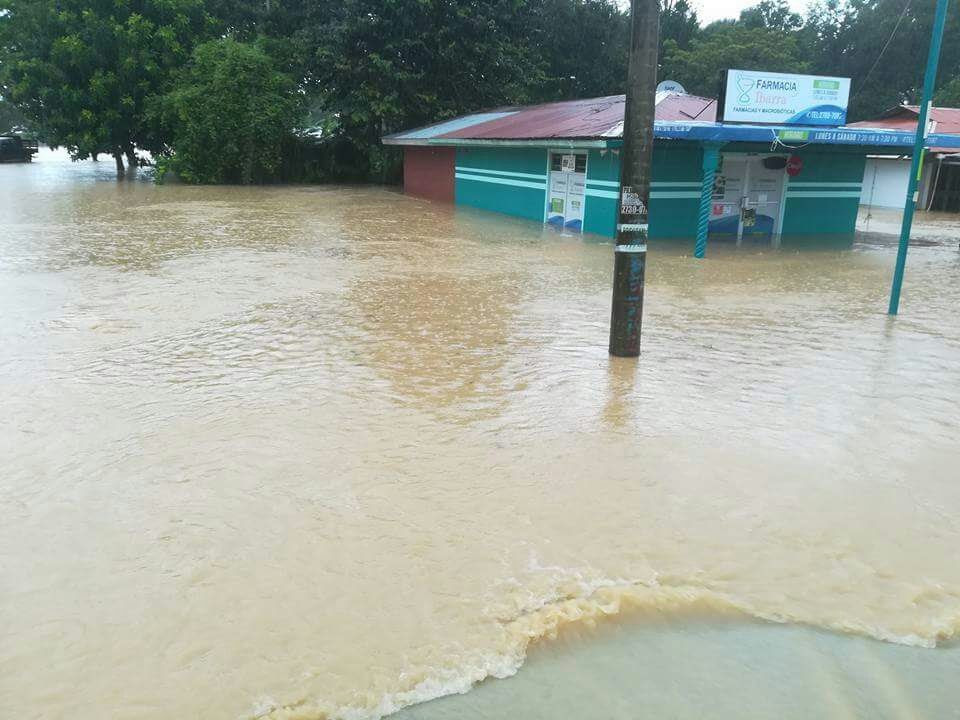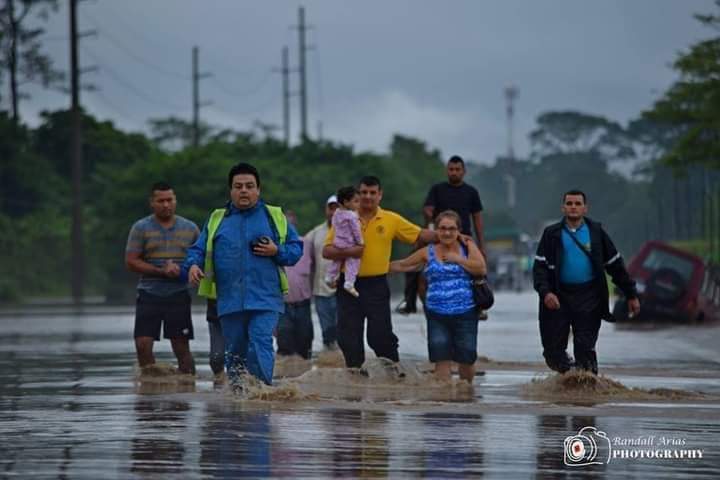When people find themselves in a situation where they need help, they want to feel understood. That’s why they tend to turn to others who are part of their social circle, or with whom they share similarities in lifestyle, place of residence or thought.
Psychologists have pointed out that during an emergency, support from regional media can be vital for a community: local reporting can provide a dose of humanity and closeness that the population needs in difficult moments. It helps people feel heard, knowing that their needs are being communicated to people beyond their communities. It helps keep alive the hope that somewhere out there, people will unite in an act of solidarity to help.
It’s at those times that regional media take on new importance in people’s lives. Watching this, it’s easier to understand why hundreds of journalists, in training or in practice, work ad honorem in hopes of being a bridge between communities and their needs, and people who can help.
Nowadays, thanks to the collaborations between regional media and some national media, local reporting can attain unprecedented reach. Residents of areas with the highest incidence of high-impact weather events are increasingly likely to support their local media, since they understand that they are vital in the management of information.

When the information received by the rest of the country comes from local media led by people from that community, you can see the closeness and attachment between the organization and the community. It’s not a journalist who’s showed up at a disaster site to meet a deadline. It’s a neighbor who experiences the reality of a community, the day-to-day life of the place—who understands the weak points and the problems. It’s a journalist who understands that information is not just numbers or quantities.
This feeling of closeness and of feeling heard gives people who are affected by emergencies hope that help will soon come. That the bridge or road will soon be repaired. That everything will return to normal.
For better or for worse, more and more regional media are springing up in different parts of the country, often founded by journalism students who are encouraged to generate content on the social network of preference: Facebook. And although few of these media really manage to achieve impact with their publications and their reach, those that do manage to succeed demonstrate why it’s so important for information to come from and through the community.

This mission of generating quality content from all areas of the country must be a key point at the country’s journalism schools. There, regional media are sometimes seen as a space where students can make mistakes or be creative—but local media’s psychological, human and social value is not taken seriously.
Various first response institutions monitor regional media throughout Costa Rica, since these media can give us an idea of what’s happening in each territory and how people are coping. They also help first responders obtain images and videos in real time.
So are regional media organizations vital during an emergency? They are satellites for their territories. They are the voice of the communities and a door to solutions. They provide the affection and closeness to vulnerable people that is so necessary in journalism. They are the example of what every journalist yearns to be: a breath of hope.
The September edition of El Colectivo 506, “Infodemic,” focuses on the role of local media in Costa Rican democracy. For our July edition, “Watershed,” we worked with local journalists who reported on solutions generated in their communities following disasters.






